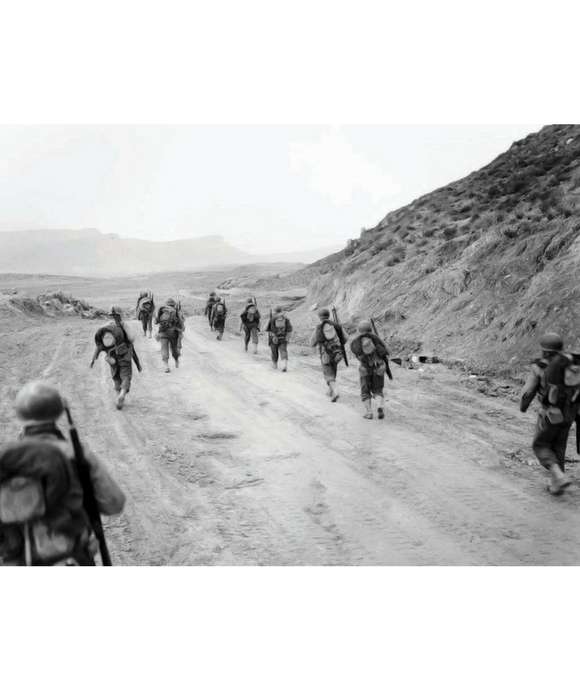Unca Walt
Well-Known Member
- Joined
- Jul 24, 2020
- Messages
- 6,156
- Reaction score
- 31,860
I got more stories. I dunno why we are not famous. My 9-times grampa (when he was 20) escaped from the Brits DURING HIS HANGING.
If I can find the ms, I'll post it. But I dunno if I can find the original.

Dammit!! My 'puter is a mess, and I cannot find the original... I will describe the events:
An English Major Cunningham (later hanged for stealing his men's rations) was gonna hang the guy you see who (much later) received the sword from LaFayette. Six Hessian sojers and the Major escorted my young 9X grampa to the gallows in what is now Battery Park on Manhattan Island. This was done in the gloom of late evening, since hanging sojers would not sit well with most folks.
There was a sneaky wonderdude whose name -- sadly -- is lost to history. A buddy of Garret's... he sneaked over from the Jersey side and hid in an open grave, trying to figgur out how to save his buddy.
So here comes the hangin' party. The Major tells Garret, "I will give you three minutes to pray before your grave, and then we will hang you."
So Garret kneels down to pray... and hears his buddy's voice come up out of the grave hole:
"Pssst! Garret!! It's me, xxxxxxx! When your three minutes are up, stand up and turn around. I will cut the ropes around your ankles and we'll run for it!"
So... Garret prayed in the spooky gloom. Then he stood up. As the Hessians approached a dark figure with a hanger (sabre) jumped up screaming. The Hessians essentially shit themselves and ran off... with the Major.
Garret went on to be singled out by LaFayette for his honor guard when he came back to the new United States.
I offered the Sned with the sword $10,000 on the "Today" show on TV when we were brought together. I did NOT get the sword. The epaulette was also a gift from LaFayette. As well as a tortoise shell snuffbox.

If I can find the ms, I'll post it. But I dunno if I can find the original.

Dammit!! My 'puter is a mess, and I cannot find the original... I will describe the events:
An English Major Cunningham (later hanged for stealing his men's rations) was gonna hang the guy you see who (much later) received the sword from LaFayette. Six Hessian sojers and the Major escorted my young 9X grampa to the gallows in what is now Battery Park on Manhattan Island. This was done in the gloom of late evening, since hanging sojers would not sit well with most folks.
There was a sneaky wonderdude whose name -- sadly -- is lost to history. A buddy of Garret's... he sneaked over from the Jersey side and hid in an open grave, trying to figgur out how to save his buddy.
So here comes the hangin' party. The Major tells Garret, "I will give you three minutes to pray before your grave, and then we will hang you."
So Garret kneels down to pray... and hears his buddy's voice come up out of the grave hole:
"Pssst! Garret!! It's me, xxxxxxx! When your three minutes are up, stand up and turn around. I will cut the ropes around your ankles and we'll run for it!"
So... Garret prayed in the spooky gloom. Then he stood up. As the Hessians approached a dark figure with a hanger (sabre) jumped up screaming. The Hessians essentially shit themselves and ran off... with the Major.
Garret went on to be singled out by LaFayette for his honor guard when he came back to the new United States.
I offered the Sned with the sword $10,000 on the "Today" show on TV when we were brought together. I did NOT get the sword. The epaulette was also a gift from LaFayette. As well as a tortoise shell snuffbox.

Last edited:















